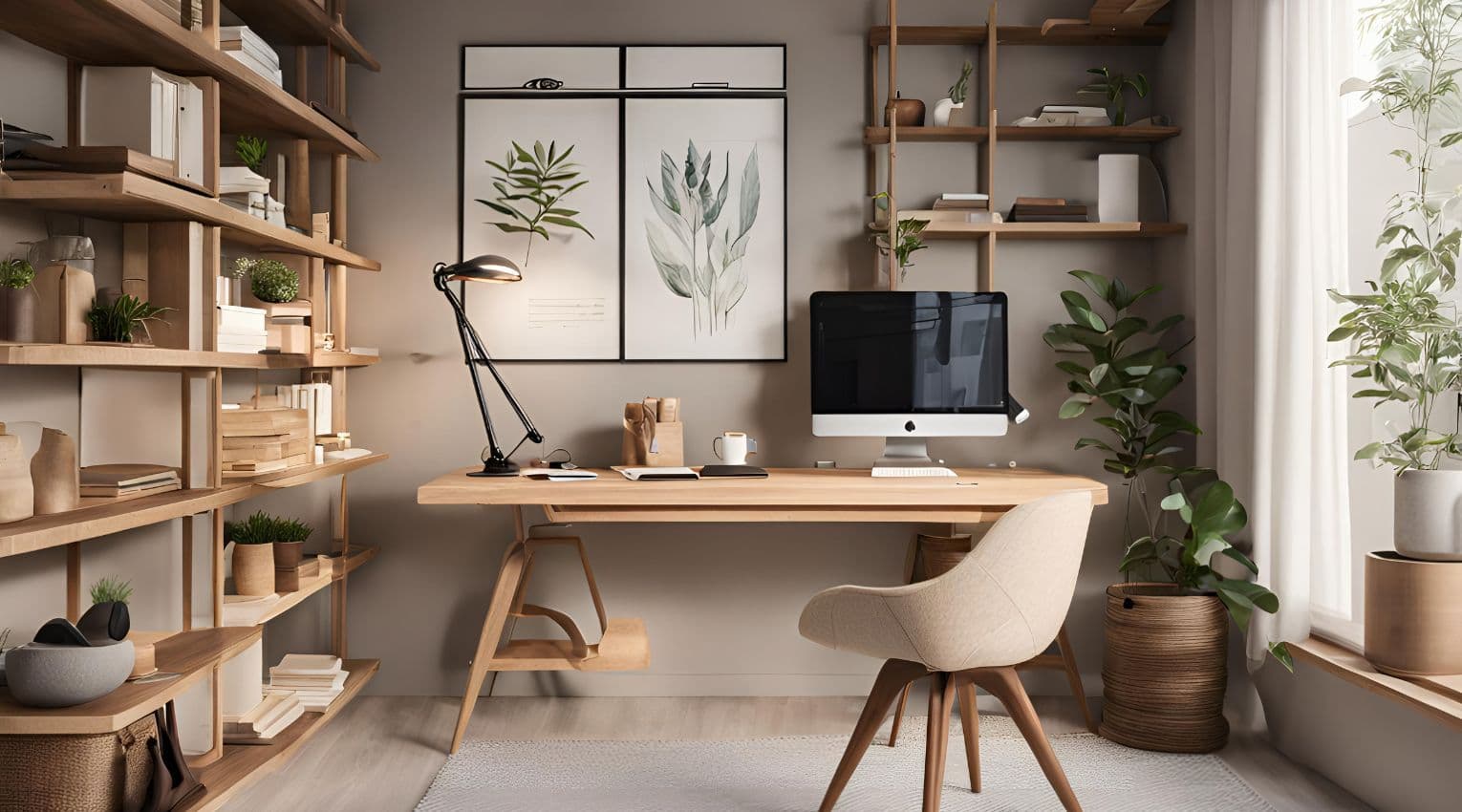How to Get Started with Building an Emergency Fund

Your dishwasher broke.
You got laid off.
Hail caused roof damage.
Your dentist says you need a root canal.
The street sweeper dinged your car.
Emergency fund to the rescue! As homeowners, we understand the importance of having some money saved for those unexpected things that pop up. An emergency fund (or rainy day fund) is an easily accessible savings vehicle you can tap to cover unwelcome expenses. Better yet, having an emergency fund means you won’t have to take on credit card debt or a high-interest loan to cover the surprise bills.
But how should you get started and how much should you save? Read on for expert tips on building and replenishing your emergency fund, plus the overall benefits (e.g., peace of mind) it can provide.
Why You Should Have an Emergency Fund
An emergency fund is essentially an insurance policy that can help cushion against the blow of life’s unexpected events like medical emergencies or job losses. In addition, emergency funds can not only stave off stress, but also prevent mindless spending, and keep you from making bad financial decisions,
But while it’s a smart idea to have an emergency fund, it can be easier said than done to prioritize it. More than half (58 percent) of the 1,025 adults surveyed in a nationwide Bankrate poll said they were concerned about the amount they have in emergency savings. COVID-19 didn’t help matters, as almost 40% of those who had an emergency fund prior to March 2020 were forced to pull from it when the pandemic hit, according to ForbesAdvisor.
Of course, the primary reason to begin building an emergency fund is to have extra cash on hand to cover unexpected expenses: home upkeep and repairs, medical expenses, car maintenance, last-minute travel for funerals, etc. And even if you can’t contribute a significant amount, every little bit helps. Here are some tips on how to get started.
Emergency Fund Basics
Most experts agree that an emergency fund should be kept in an interest-bearing bank account, like savings or a money market deposit account. Both of these options will allow you to pull from them without facing taxes or penalties. The account should be separate from your general savings account (where you save for retirement, a home, etc.) so you can easily distinguish the two.
How Much Should You Have in Your Emergency Fund?
Depending on your circumstances and lifestyle, aim to put aside enough money to cover three to six months’ worth of expenses. If that seems overwhelming, it may help to break this down into a more manageable amount. To calculate the ideal amount for you to put aside to start growing your fund, add up your essential living expenses for one month — including mortgage or rent, food, utilities, etc. For example, if your average expenses total $2,000 per month, you should have at least $6,000 and as much as $12,000 in your emergency fund.
In terms of who should have access to your emergency fund, that’s up to you — but while at least one other trusted family member should be able to pull money out in the event that something happens to you, it’s probably a good idea to limit the number of people who have the ability to take cash out of it.
And how do you know when enough is enough? While it may be hard to believe you can have too much money saved for a rainy day, you run the risk of minimizing your money’s growth potential due to low interest rates and inflation and over-padding your fund may even prevent you from taking advantage of tax benefits. Generally, sticking to the three-to-six month rule will ensure that you have enough cash put aside while avoiding the pitfalls of oversaving.
Balancing an Emergency Fund with Other Financial Priorities
It can certainly be tricky to focus on building (or padding) your emergency fund when you have more pressing financial needs, like paying down debt or working toward other goals, like buying a house. However, life happens, and every bit you can put away for unexpected expenses helps. And even if you’re living paycheck to paycheck, an emergency fund should still be a top priority, according to Forbes. If possible, create a budget that breaks down your monthly income and allocate a designated amount to each expense — including your emergency fund — so you can stay on track. With this method, you’ll slowly but surely chip away at all of your financial goals while making sure you’re covered in a worst-case scenarios.
Find out if tapping into your home equity can help you handle more pressing expenses, like paying off debt or gathering the cash for a down payment on a home, so you can begin to build your emergency fund. Do you know how much equity you have in your home? The Home Equity Dashboard makes it easy to find out.
You should know
We do our best to make sure that the information in this post is as accurate as possible as of the date it is published, but things change quickly sometimes. Hometap does not endorse or monitor any linked websites. Individual situations differ, so consult your own finance, tax or legal professional to determine what makes sense for you.



